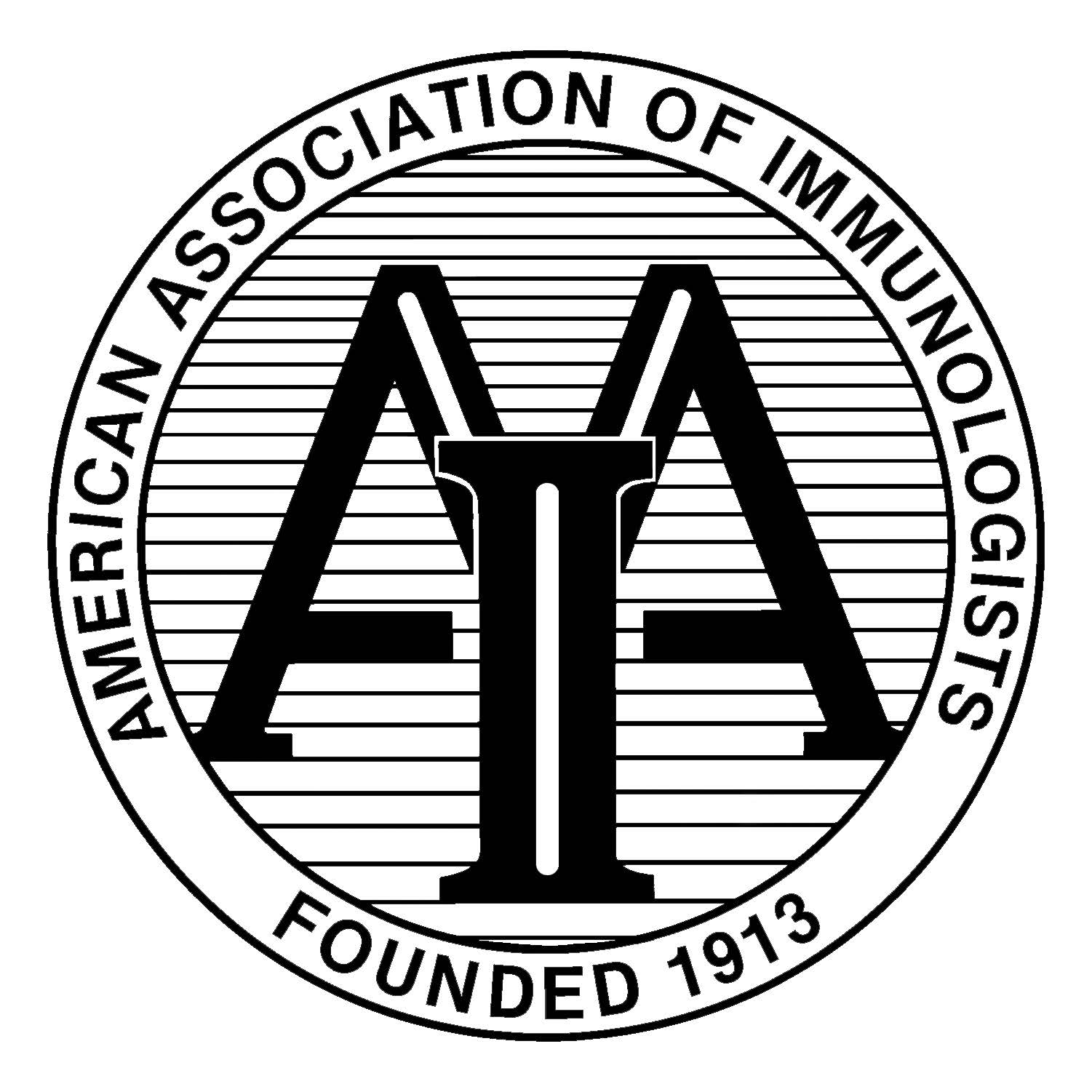Research Alert
Abstract Submission ID Number: 2374
Newswise — Type 2 diabetic (T2D) wound Macrophages (Mφs) display a delayed chronic inflammatory state that prevents the resolution of wound inflammation. Increased NLRP3 inflammasome gene expression and activation in Mφs contributes to impaired wound healing in T2D and is induced by diabetic wound environment factors, yet the molecular mechanisms regulating this are unclear. Our lab has shown that keratinocytes regulate Mφ phenotype during wound healing by producing proinflammatory cytokines. Thus, this project explores the molecular mechanisms by which keratinocytes drive increased Nlrp3 expression in diabetic wound Mφs. Here, we found that Nlrp3 expression is increased in diabetic wound Mφs late post-injury, and this can be induced by stimulation of Mφs with diabetic wound keratinocyte supernatant. Further, we found that stimulation of Mφs with diabetic wound keratinocyte supernatant decreased H3K27me3 deposition at the Nlrp3 promoter. Using genetically engineered mice (Jmjd3 fl/fl lyz2cre), we demonstrate that JMJD3, a demethylase specific for H3K27, controls Mφ-mediated Nlrp3 expression and inflammasome activation during wound healing. Importantly, we show that diabetic wound keratinocytes induce Jmjd3 expression in Mφs via IL1R/MyD88 upstream signaling. Interestingly, we found that IL1α is increased in human and murine wound diabetic keratinocytes compared to non-diabetic controls and stimulation of Mφs with IL1α increases Nlrp3 expression via a JMJD3- mediated mechanism. Thus, our data suggest a role for keratinocyte IL1α in driving increased Nlrp3 expression in diabetic wound Mφs via JMJD3. Continued investigation into the keratinocyte-Mφ axis is key to developing novel treatments for non-healing T2D wounds.

